Fitchburg State Alumnus Stresses the Importance of Positive Black Images
February 16, 2021
-Brittany Eldridge
Fitchburg State celebrated Black History Month by holding a series of conversations referred to as Falcon Talks. These conversations were hosted by the Fitchburg State University’s Alumni Association. Yla Eason, an entrepreneur and Fitchburg State ‘71 alumnus, put together a presentation concerning black images and black representation in toys and the media. She presented this information in a Google Meet on Feb. 11. Afterwards, a question and answer session was held so as to extend the conversation to the university community.
Yla Eason described the moment in which her “happiness was shattered.” She was a successful reporter who wrote for The Tulsa Tribune, The Dayton Daily News, and the New York Times. Eason was a college-educated woman who received her bachelor’s degree at Fitchburg State, received her MBA at Harvard University, worked as a financial editor, and taught business as an assistant professor at Rutgers Business School. She stated that she was very happy, until she had what she described as a “disturbing conversation” with her two-and-a-half year old son while on vacation in Jamaica. He was fascinated with a superhero named He-Man, like many other kids his age. Yet, he said “I can’t be a superhero because I am not white. He-Man is white.”
Eason decided that she would purchase her son a black action figure, but, when she found none, decided to solve the problem by creating her own multicultural action figures, instead. She stated that, by providing individuals of color, particularly youths, with strong and intelligent images, society can not only help these individuals gain a more positive self-image, but also aid them in pursuing their dreams. Eason faced many obstacles to manufacture this line of toys, as well as to educate individuals on the psychological impacts that toys, as well as other products, can have on people of color.
Eason described the origin of black images, which date back to the time of slavery. She stated that slavery really was the beginning of the advertising trade. Slaves were a commodity, and they were portrayed stereotypically. According to Eason, slaves were not only portrayed as bound at the neck and chained together, but also as half naked. These images were used as propaganda to illustrate what Eason said is a “dichotomy of inferior blacks and superior whites.” They were depicted as subhuman and treated as chattel.
Some stereotypes of black individuals in Eason’s presentation included the coons, toms, mammies, bucks, pickaninnies, and jezebels. Eason stated that mammies existed merely to tend to the needs of the white people they served, while toms acted foolishly and made fun of themselves in order to entertain elite people. Other images depicted black people in an over-sexualized way.
These images continued to be upheld until the implementation of the Civil Rights Movement, Black is Beautiful Movement, and Blaxploitation in the 50s, 60s, and 70s, respectively. Even in 2020, there have been changes in the public’s perception regarding the depiction black of people. For example, the image of Aunt Jemima on the maple syrup bottle and of Uncle Ben from the rice package have both been removed because these are stereotypical images of black people.
Olmec Toys added to this history of changing images of black people. Eason started this toy company in 1985 so as to help her son, and other black children, find a role model they can look up to and aspire to become. The Olmec were a tribe of Native Americans with African facial features who resided in the Americas before Christopher Columbus. Olmec Toys consisted of a whole line of multicultural superheroes who work together as a team. Sun Man, the first African American who gains his powers from the melanin, or pigment, in his skin, was the first. Other action figures in the Olmec line include Digitino, a Latino superhero, and Holographo, a Native American superhero. By including individuals of various ethnicities in the toy line, including a white superhero, Eason worked to show that individuals of different ethnic backgrounds can work together cooperatively.
Regarding the starting of Olmec Toys, Eason faced opposition, and was only able to persevere as a result of what she refers to as a “rebound spirit.” First, Eason faced opposition from the large toy companies. They did not believe that black children would want the toys. Eason said that one company even told her “If you already had an idea, then Mattel would have already done it.”
In addition to this feedback from within the toy industry, Eason faced opposition from people of color. They did not believe that Eason should “narrow herself” by referring to the company as a black toy company. As an individual who studied and taught business, Eason argued that Olmec Toys required clear marketing and had to differentiate itself from other companies within the toy industry.
During the question and answer session, the focus of the discussion turned to the importance of other black Images, aside from toys, in society. Eason said that people of color in various occupations should reach out to children in churches and Boys and Girls Clubs. They should discuss their occupations with these children. That way, the children will realize that they, too, can pursue these careers and obtain success in life. Another important strategy is that of hiring ethnically diverse professors, particularly in disciplines where diversity is lacking. A third piece of advice that Eason offered was to “make Black History Month every month.” By including images of black mothers in Mother’s Day celebrations, for example, or focusing on black members of the LGBTQ community during LGBTQ month, Eason stated how this shows that people of color are a “part of the entire mix.”
When asked about how the current black toy industry is evolving, Eason stated that she was encouraged by the current options for girls. Now, there is an African American doll, Doc McStuffins, who also has her own Disney television show. Doc aspires to become a pediatrician. However, she is discouraged by the current toy market for boys.
Individuals interested in learning more about the psychological impact of images on children can read about Kenneth and Mamie Clark’s “doll test” experiment. Ivan Van Sertima’s novel, They Came Before Columbus: The African Presence in Ancient America, served as a source of inspiration to Eason and her Olmec Toys Company. Another novel, called Brainwashed: Challenging the Myth of Black Inferiority, by Tom Burrell provided more information regarding how images of black and white people, as well as how various pieces of historical legislation, resulted in the stereotyping, segregation, and dehumanization of black people.



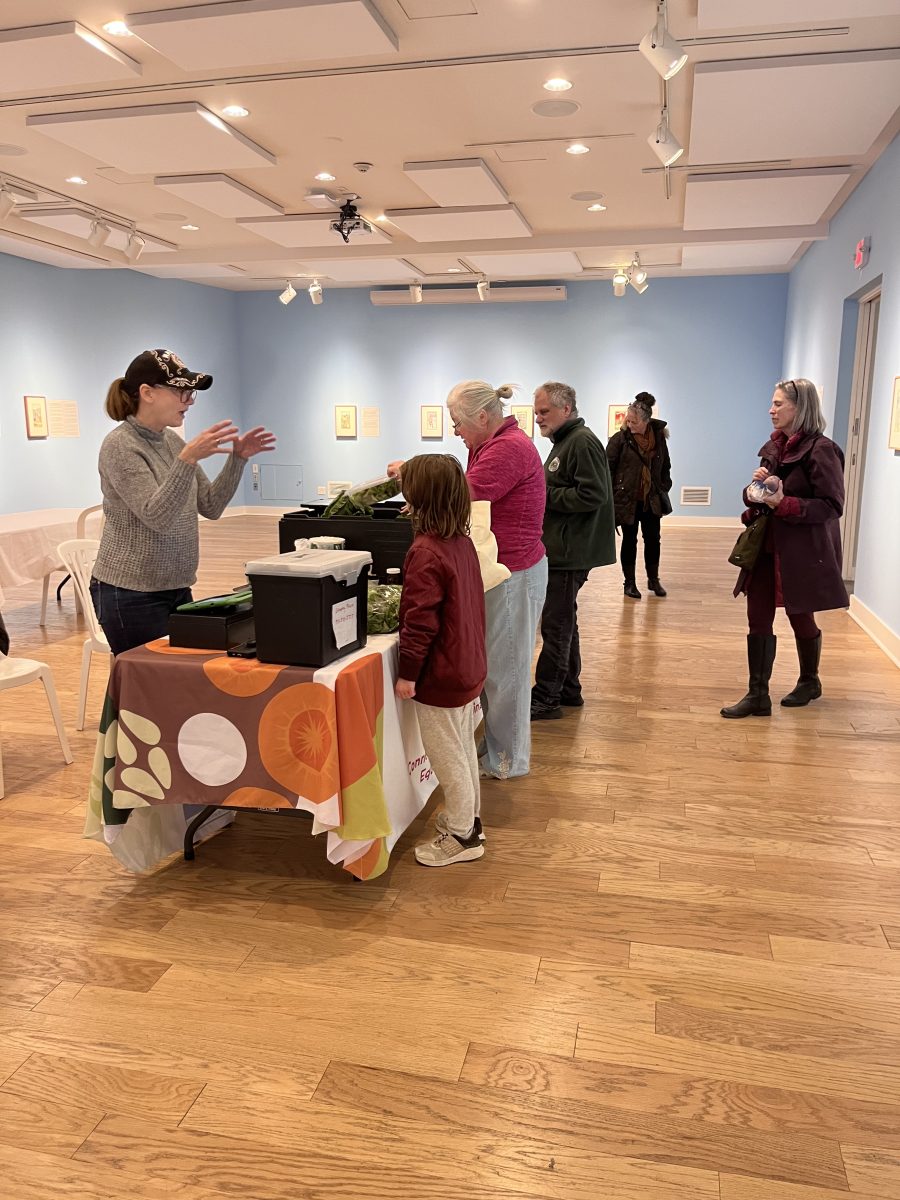



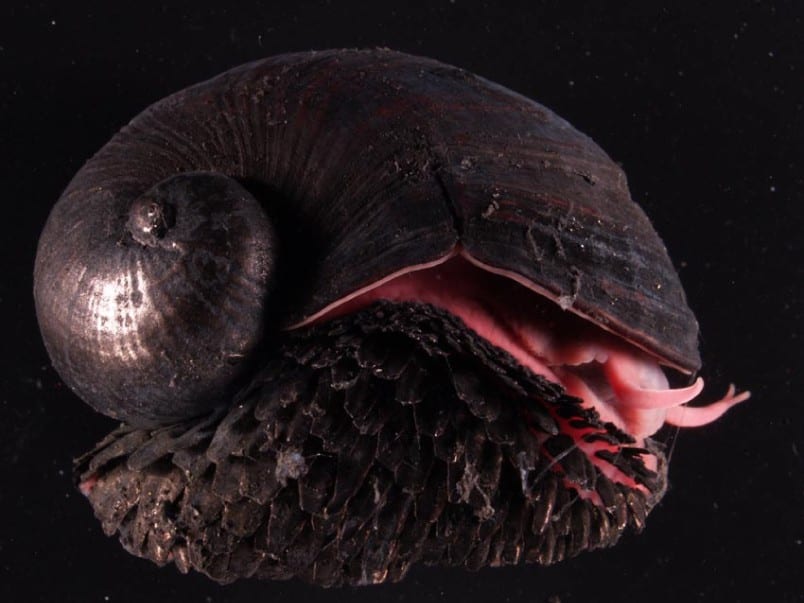



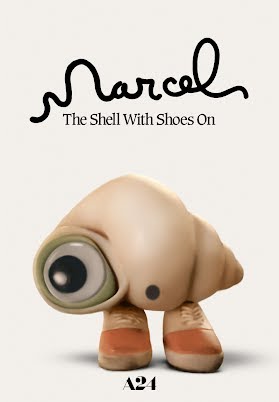
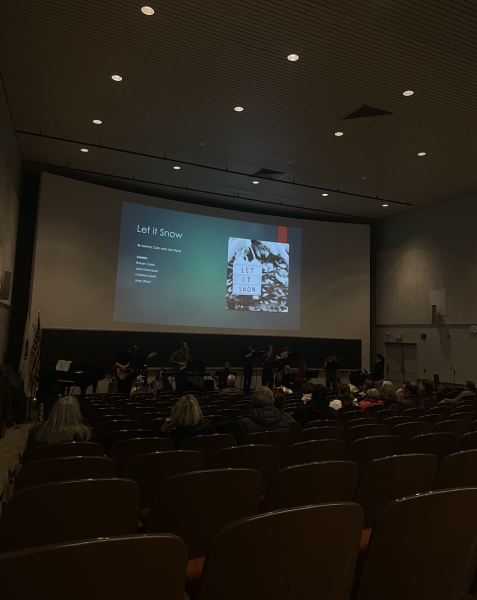
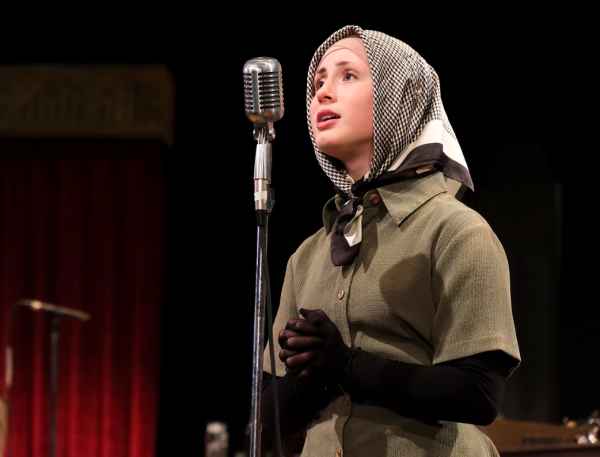

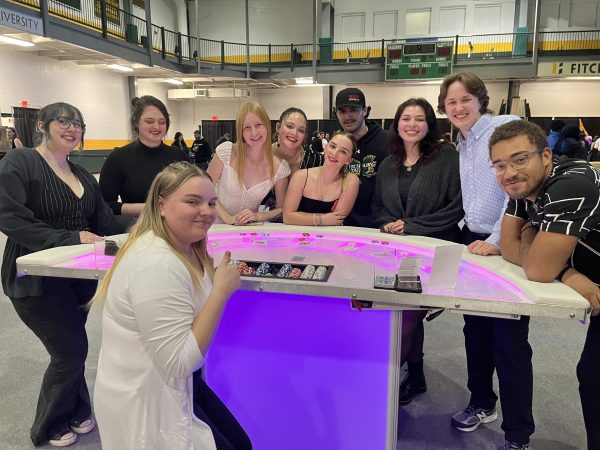
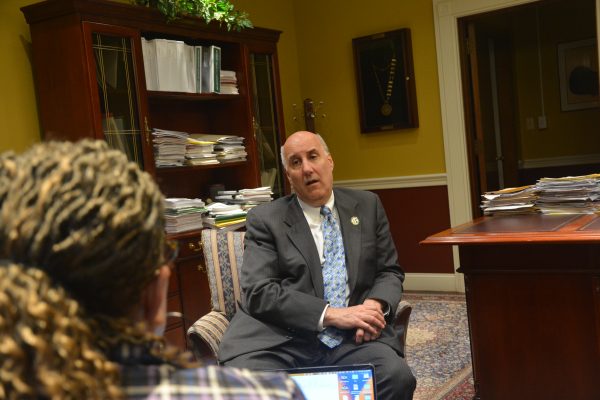
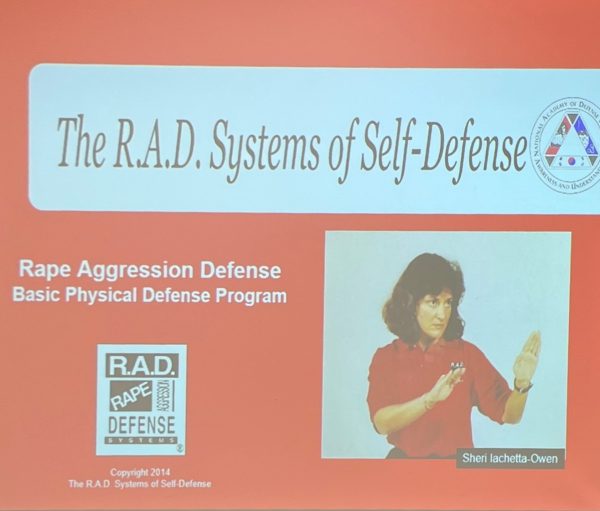
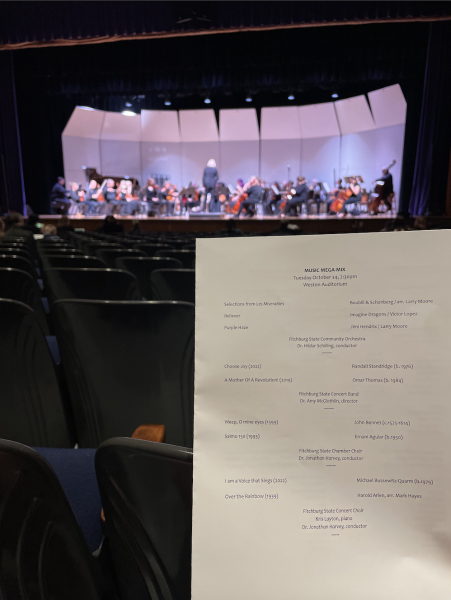


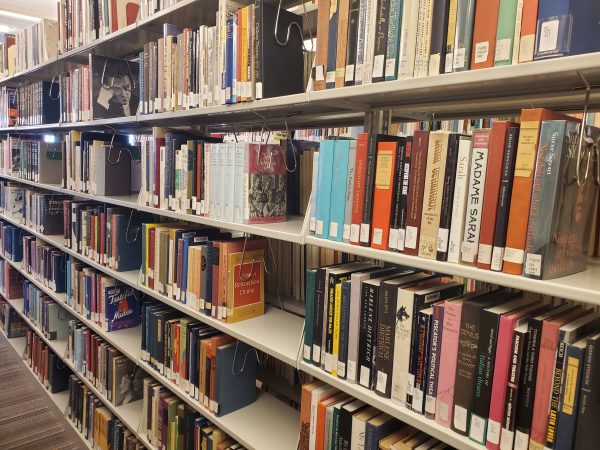

Yla Eason • Feb 17, 2021 at 11:24 am
Brittany,
Thank you for writing a thorough, inclusive, and insightful report on my presentation.
I appreciate your journalism skills!
Continue to excel!
Yla Eason – FSU ’71